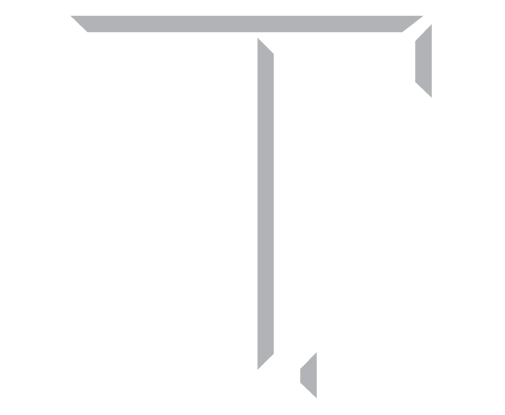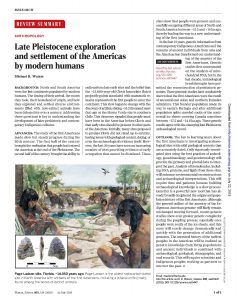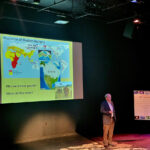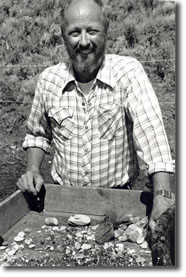About Us
Our Mission
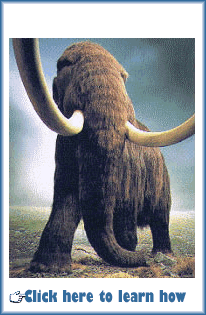 The mission of the Center for the Study of the First Americans is to pursue research, train students, promote scientific dialogue, and stimulate public interest in the first people to enter and settle the Americas at the end of the last Ice Age.
The mission of the Center for the Study of the First Americans is to pursue research, train students, promote scientific dialogue, and stimulate public interest in the first people to enter and settle the Americas at the end of the last Ice Age.
Research: The Center develops new knowledge regarding PaleoAmerican origins, human dispersal, settlement, and cultural and biological development that occurred during the late Pleistocene.
Education: The Center trains students to become well-informed and thoughtful scientists–the next generation of archaeologists and First American researchers.
Outreach: The Center disseminates the results of academic research about the First Americans to the professional community and the general public through its publications, workshops, and conventions.
The First Americans
One of the most meaningful challenges in archaeology is to unravel the mystery surrounding the story of modern human dispersal across the world. The last chapter of this dispersal was the peopling of the Western Hemisphere. Only mammoths, horses, camels, dire wolves, saber-toothed cats, giant ground sloths, and other animals roamed the Americas before the first explorers arrived 16,000 or more years ago. We know they traveled from Northeast Asia across a land bridge that connected Asia and North America, and we also suspect that some adventurous families set forth from Asia in watercraft. New arrivals eventually discovered a way around the ice sheets covering Canada that blocked their way south, then trekked or paddled to the southern tip of South America. The founding population of perhaps only a few hundred people were the ancestors to all Indigenous peoples living in the Western Hemisphere today. This immense peopling process occurred in the span of only a few thousand years in the midst of a warming climate, melting glaciers, rising sea level, shifting vegetation zones, and the extinction of large Ice Age animals. This is the exciting story the Center for the Study of the First Americans is deciphering—the timing, tempo, process, and impact of human migration across the Americas.
For more information about the First Americans read this review article: “Late Pleistocene Exploration and Settlement of the Americas by Modern Humans” published in the journal Science. To see a short video on the First Americans, click the picture at right.
History of the Center
In 1981, Dr. Robson Bonnichsen, an associate professor of Anthropology and Quaternary Studies at the University of Maine, established the Center for the Study of Early Man and served as its first Director. The creation of the Center was made possible by a generous donation from the Bingham Trust. In 1990, the name of the Center was changed to the Center for the Study of the First Americans (CSFA). Dr. Bonnichsen moved the Center from Maine to Oregon State University in Corvallis in 1994.
The Center relocated to its permanent home at Texas A&M University in the summer of 2002 to be in a more active academic setting with enhanced education, research, and outreach opportunities. Dr. Bonnichsen served as the Center Director until his death in December 2004. During his tenure as Director, Dr. Bonnichsen took the Center from its humble beginnings and established it as an international resource for First American studies. Bonnichsen convened several influential conferences that consolidated thinking and challenged long held-beliefs about the First Americans, including the 1989 First World Summit Conference at the University of Maine and the 1999 international Clovis and Beyond Conference in Santa Fe, New Mexico. Bonnichsen founded the CSFA quarterly news magazine, The Mammoth Trumpet, and the former CSFA annual journal, Current Research in the Pleistocene. Bonnichsen started the CSFA book series and published 14 books during his tenure as director. Also, during this time, Dr. Bonnichensen pursued his own research program. Professor Bonnichsen was known nationally and internationally for his interdisciplinary research projects, for his overview syntheses of the field, as a spokesman for First American studies, and for encouraging scholars from Asia to South America.
In 2011, the Center’s annual journal Current Research in the Pleistocene was discontinued. In 2014, the Center launched a new quarterly journal, PaleoAmerica, in conjunction with Routledge, (Taylor & Francis). In 2013, the Center hosted the Paleoamerican Odyssey Conference in Santa Fe, New Mexico, with over 1100 people in attendance. In 2018, the Center hosted its first Wilson Workshop in Canada to discuss the stemmed-point traditions of North America. The Centers book series continues with 15 new published volumes.
Since the creation of the Center there have been two directors, Robsom Bonnichsen (1981-2004) and Michael Waters (2005-current.) There have been five Associate Directors, Marcell Sorg (1983-1987), Rebecca Foster (1993-1994), Michael Waters (2002-2004), Ted Goebel (2005-2022), and Jessi Halligan (2024-current). The Center has also had three Faculty Associates, Jim Mead (1983-1985), Kelly Graf (2010-2022), and Kurt Rademaker (2024-current).
Facilities
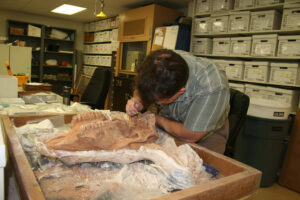
Student in CSFA lab
The Center is located on the second floor of the Anthropology building. The space occupied by the Center includes an office suite and four laboratories. In the office suite, Center faculty, the Center office manager, and Center graduate students have offices. Each faculty member has a separate laboratory under their individual management.
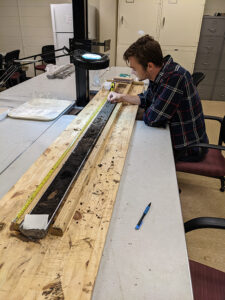
CSFA student working in lab on a core sample.
The fourth laboratory houses two microscopes used for lithic use-wear analysis, a petrographic microscope, a Bruker P-XRF, Mastersizer sediment analyzer, and photographic equipment.
In addition to these resources, the Center has a collection of over 1200 Paleoindian projectile point casts for teaching and research. The Center also has a type collection of Texas projectile point types and a teaching collection of lithic specimens and artifacts. The Center maintains a comprehensive library of more than 3000 volumes related to First Americans archaeology, including many site excavation reports, as well as an archive of reprints and many hard to find articles. The Center has a large array of field equipment needed for field projects conducted by Center faculty and students.
